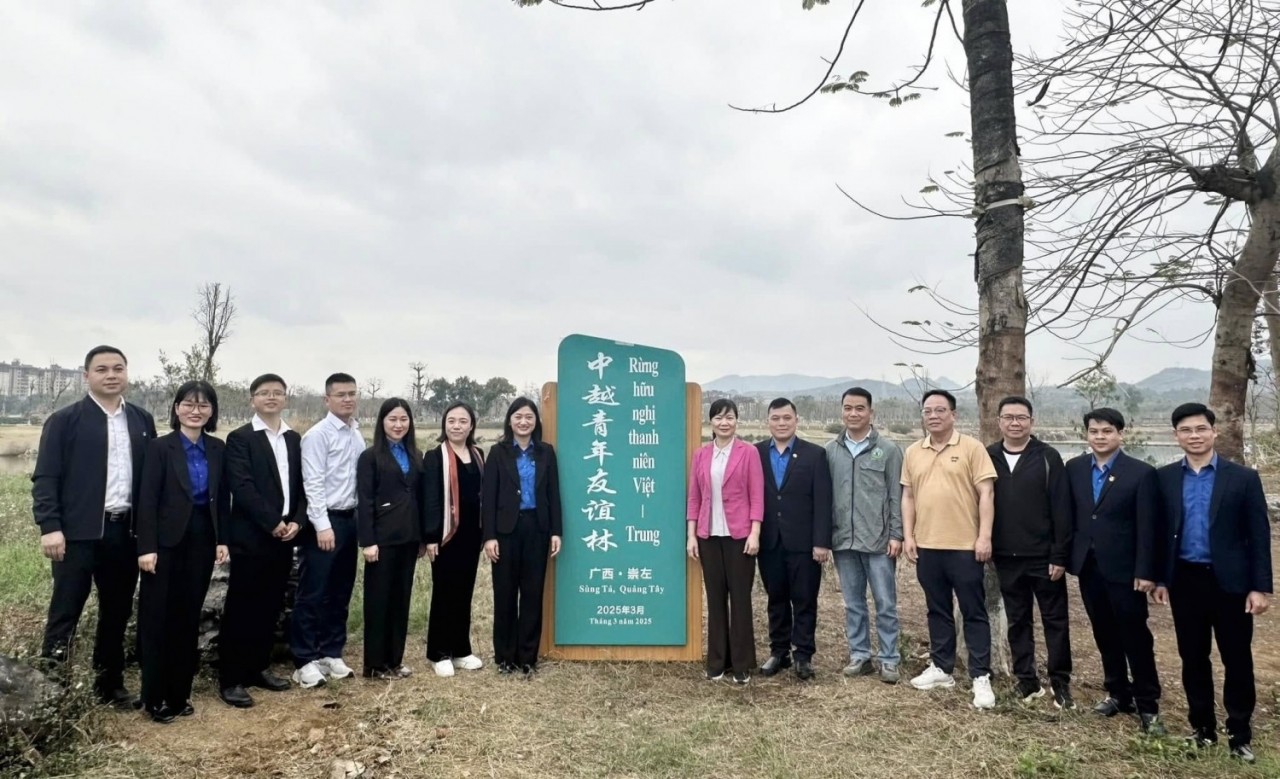President Ho Chi Minh’s Vision: Foundation for a Green Vietnam
| HCMC & California Strengthen Cooperation in High-Tech, Semiconductors, and AI | |
| Ho Chi Minh City Propagates Laws to the Vietnamese Community Abroad |
On November 28, 1959, President Ho Chi Minh penned the historic article "Tree Planting Festival" under the pseudonym Tran Luc, published in Nhan Dan newspaper, calling on the entire nation to participate in a tree-planting movement.
This simple yet profound appeal not only established a beautiful tradition but also laid the foundation for Vietnam’s journey in environmental protection and climate change mitigation over the past six decades.
Sixty-five years since its publication, the "Tree Planting Festival" continues to hold its significance and has become a vibrant cultural legacy of the nation. It stands as a testament to President Ho Chi Minh's visionary foresight on the immense benefits of afforestation, charting the path toward a sustainable and greener Vietnam.
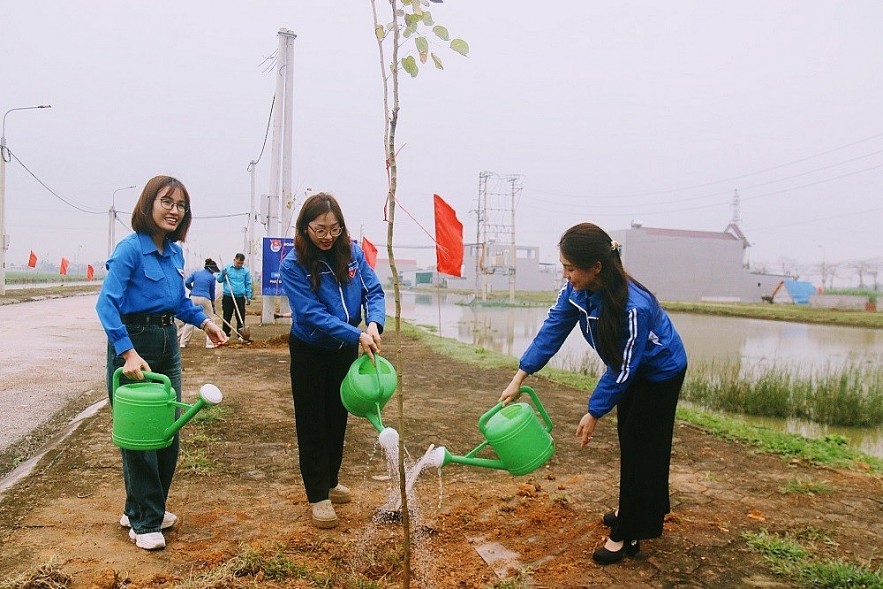 |
| Youth union members of Thanh Hoa plant tree to celebrate the 93rd anniversary of the founding of the Ho Chi Minh Communist Youth Union (March 26, 1931 - March 26, 2024) |
Great benefits
In his article "Tree Planting Festival," President Ho Chi Minh called on everyone - individuals, families, organizations, and localities, to actively participate in planting and nurturing green trees. He said "Let us organize a 'Tree Planting Festival.'"
President Ho Chi Minh emphasized "This costs little but brings great benefits" and advised "This is a long-term yet simple competition that everyone, from the elderly to children, can eagerly join."
Beyond its economic benefits, he affirmed that the Tree Planting Festival movement significantly contributes to national defense. He highlighted that if tree planting efforts flourished, the nation would have abundant lush forests, which serve as strong natural fortifications for defense.
Indeed, during the resistance war against American imperialists, lush green rows of trees along national and provincial highways, canal banks, and dikes acted as immense camouflage nets, enabling Vietnamese air defense forces to maneuver, and destroy American aircraft effectively.
President Ho Chi Minh also foresaw the close connection between afforestation, environmental and climate protection. Thus, he encouraged the people to plant trees vigorously to "block wind to support intensive rice cultivation, protect dikes, cover hills, prevent erosion, and stop sand encroachment." He said "Forests planted along coastal areas, roadsides, and within villages have shown significant benefits."
Practicing what he preached, President Ho Chi Minh personally set an example by planting trees himself. The first tree he planted was a banyan tree at Thong Nhat Park.
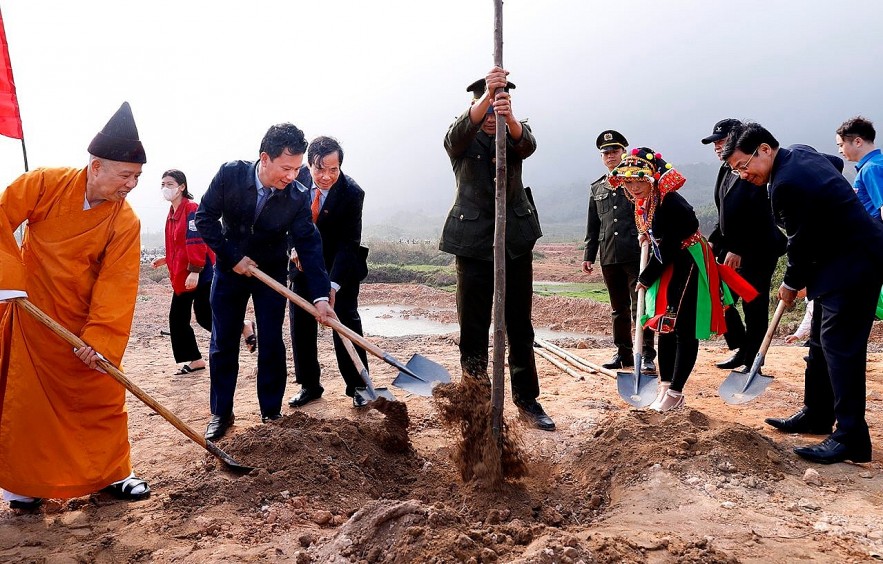 |
| Ministry of Natural Resources and Environment launches tree planting festival 2024. |
Tree planting and forest development: Path to sustainability
Since the day President Ho Chi Minh initiated the movement, the Tree Planting Festival has far exceeded its original expectations. No longer limited to a Tet tradition, tree planting and afforestation have evolved into a national strategy supported by major programs.
Prominent initiatives include the "Greening Barren Land and Denuded Hills" program launched in the 1990s, which has helped restore millions of hectares of forest devastated by war and overexploitation. Additionally, the "Planting 5 Million Hectares of Forests" program (1998–2010) played a key role in increasing the national forest coverage rate to 39.7% by 2010.
The latest initiative, the "1 Billion Trees Project" (2021-2025), aims to plant 690 million scattered trees in urban and rural areas and 310 million trees in protective and special-use forests.
As of early 2024, over 770 million trees have been planted nationwide, achieving 121% of the target set for the first three years of implementation. Provinces such as Lao Cai, Phu Tho, Long An, and Gia Lai have exceeded their goals, contributing millions of trees to the collective effort.
Thanks to specific policies and actionable programs, Vietnam's forested areas and green coverage have continued to expand.
By 2023, Vietnam's forest coverage rate had reached 42%. Moreover, the tree planting movement has garnered widespread participation from organizations and individuals, including government agencies, businesses, and local communities.
Numerous programs and funds supporting afforestation have been launched, significantly contributing to biodiversity conservation, mitigating the impacts of natural disasters, and combating climate change.
Beyond its positive environmental impact, tree planting and afforestation have also boosted the forestry economy, helping to reduce poverty, stabilize livelihoods, and promote socio-economic development.
Over the past 65 years, the tree-planting movement has become a cherished tradition in Vietnamese culture.
This practice not only honors President Ho Chi Minh's legacy but also underscores the responsibility of every Vietnamese individual toward future generations.
In particular, amid increasing globalization and the escalating impacts of climate change, environmental protection has become not just a duty of the State but also an obligation for every citizen.
Each tree planted today not only provides shade but also carries the hope for a greener and more prosperous Vietnam in the future.
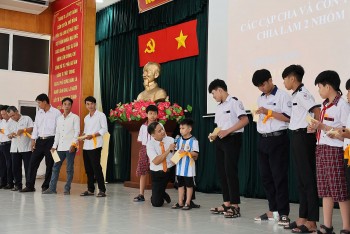 | Ho Chi Minh City Hosts Events for Gender-Based Violence Prevention Over 400 delegates attended the “White Ribbon Breakfast” and “Father and Son Forum” campaigns in Nha Be and Can Gio districts to discuss and raise ... |
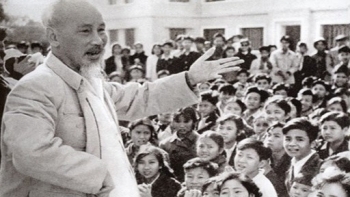 | Ho Chi Minh's Ideology on Revolutionary Moral Education for Students Vietnamese youth today have better environments and conditions to study, train, mature, improve their qualifications, form revolutionary ideals, morality, and cultural lifestyle, gradually completing their ... |
Recommended
 National
National
Top Lao leader hosts welcome ceremony for Vietnamese State President
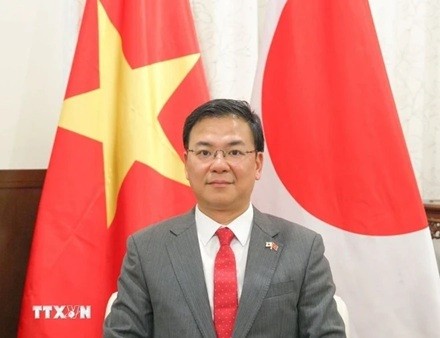 National
National
Japanese PM's official visit to Vietnam to create new momentum for bilateral ties: Ambassador
 National
National
Vietnam News Today (Apr. 25): EU Considers Vietnam Trusted, Prioritized Partner in Asia-Pacific
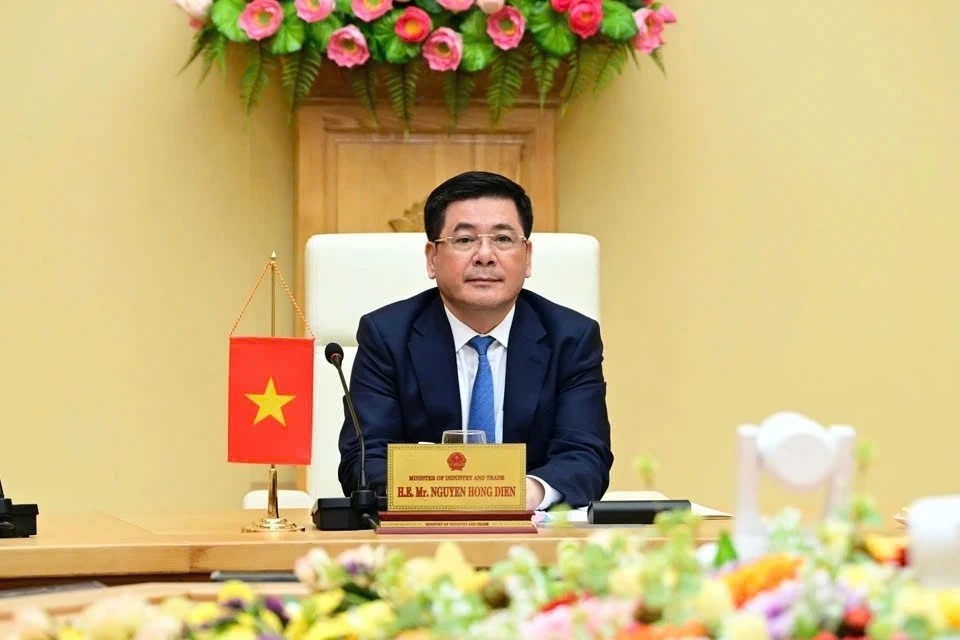 National
National
Vietnam News Today (Apr. 24): Vietnam and United States Kick-Start Negotiations on New Trade Deal
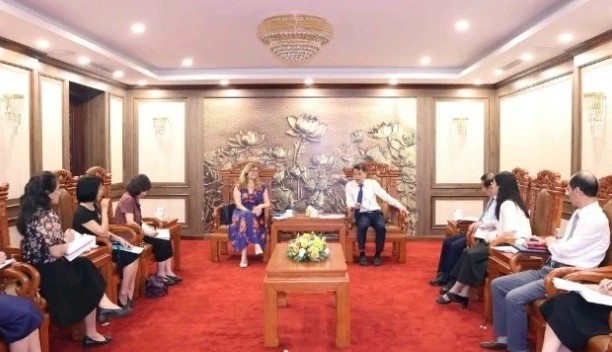 National
National
Vietnam News Today (Apr. 23): Vietnam, UNICEF Chart Course to Enhance Child Protection Efforts
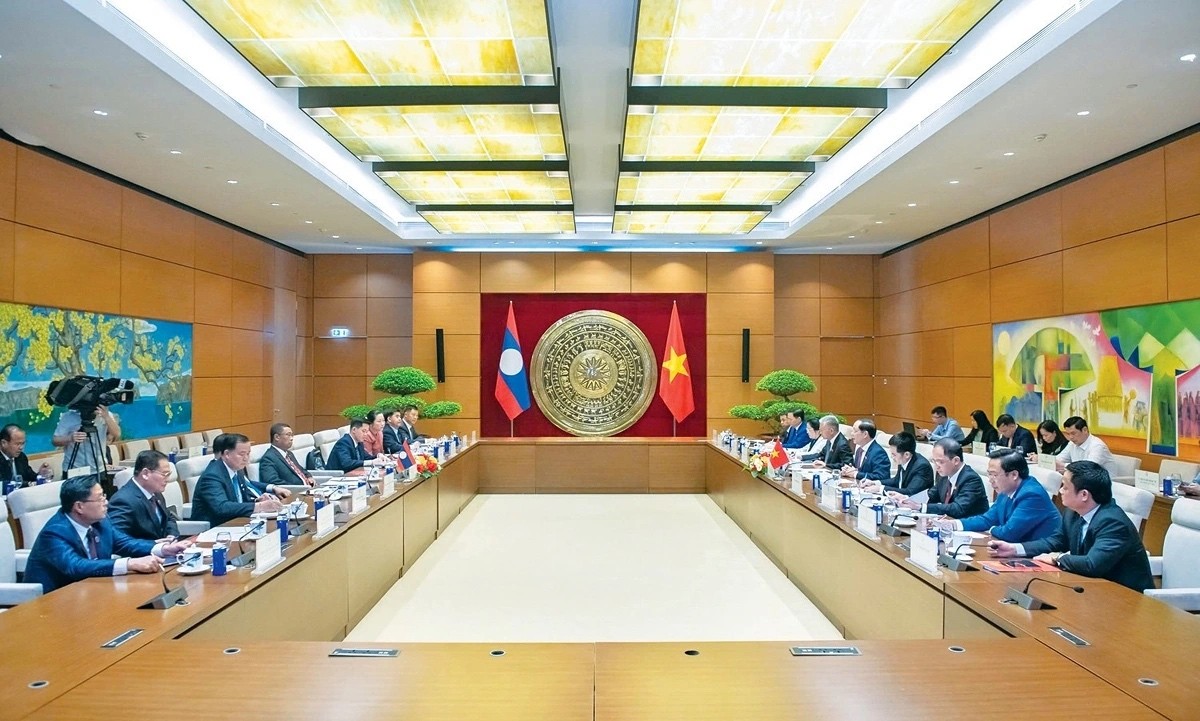 National
National
Vietnam News Today (Apr. 22): Vietnam And Laos Promote Parliamentary Cooperation
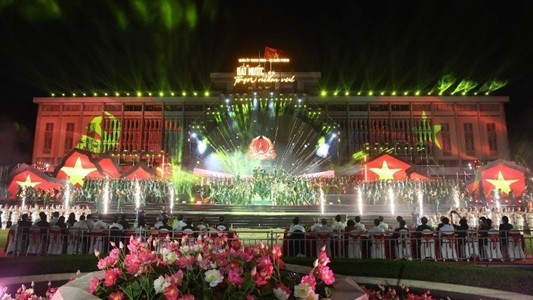 National
National
Party Chief Attends Grand Art Performance Celebrating National Reunification
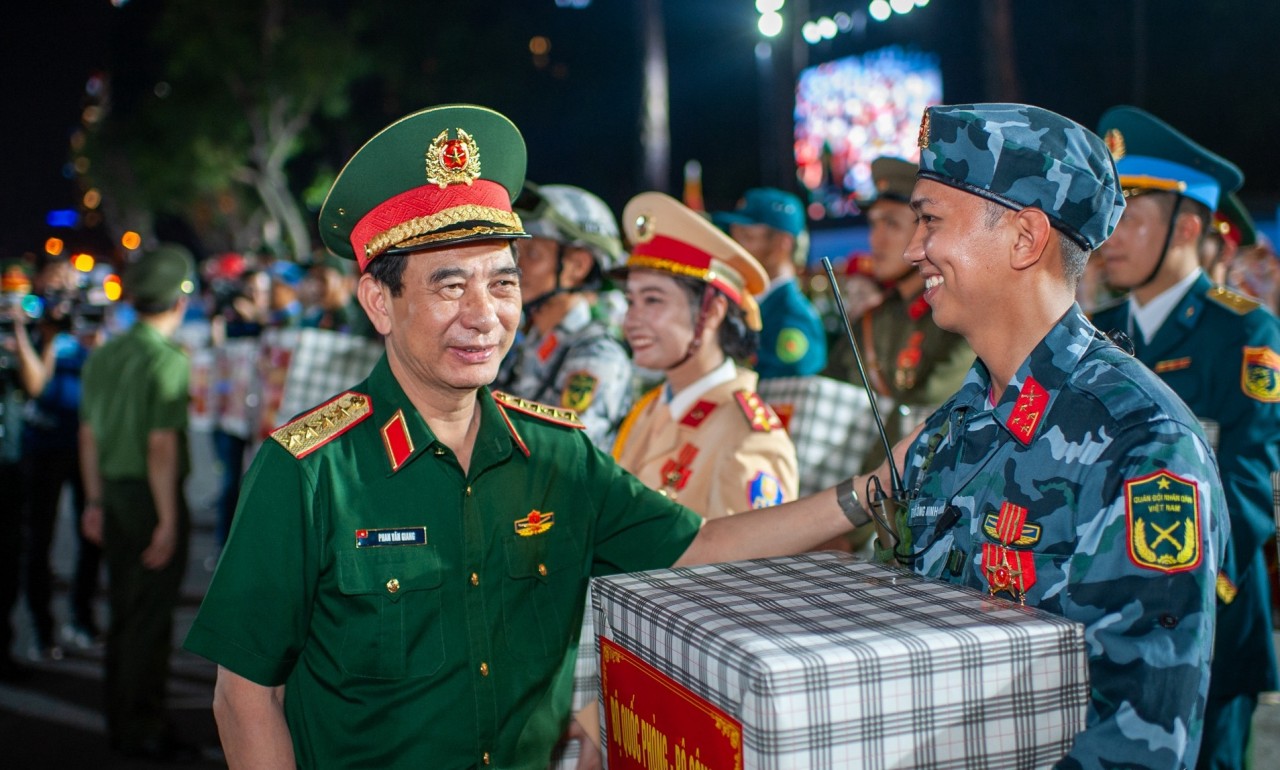 National
National

